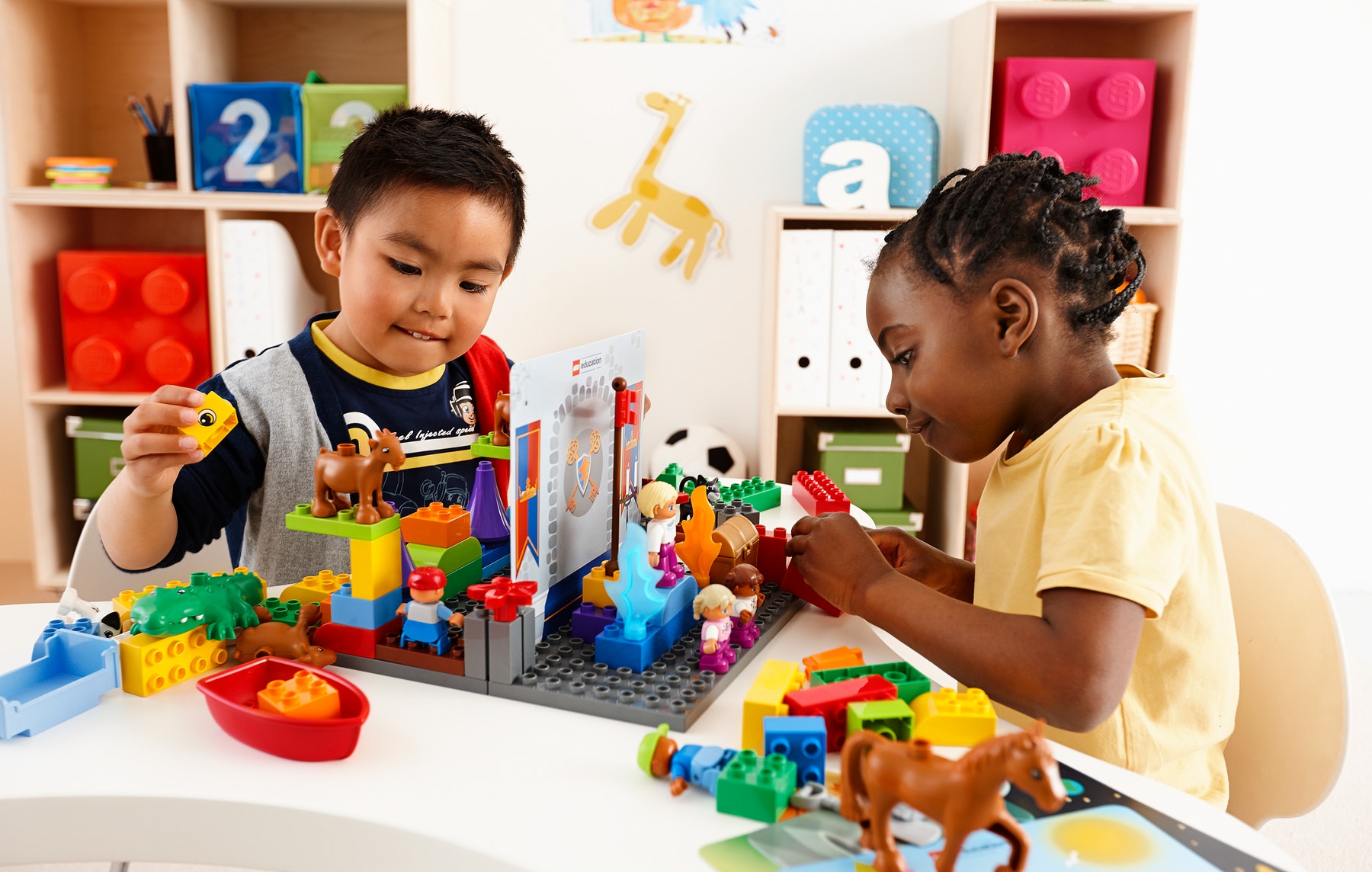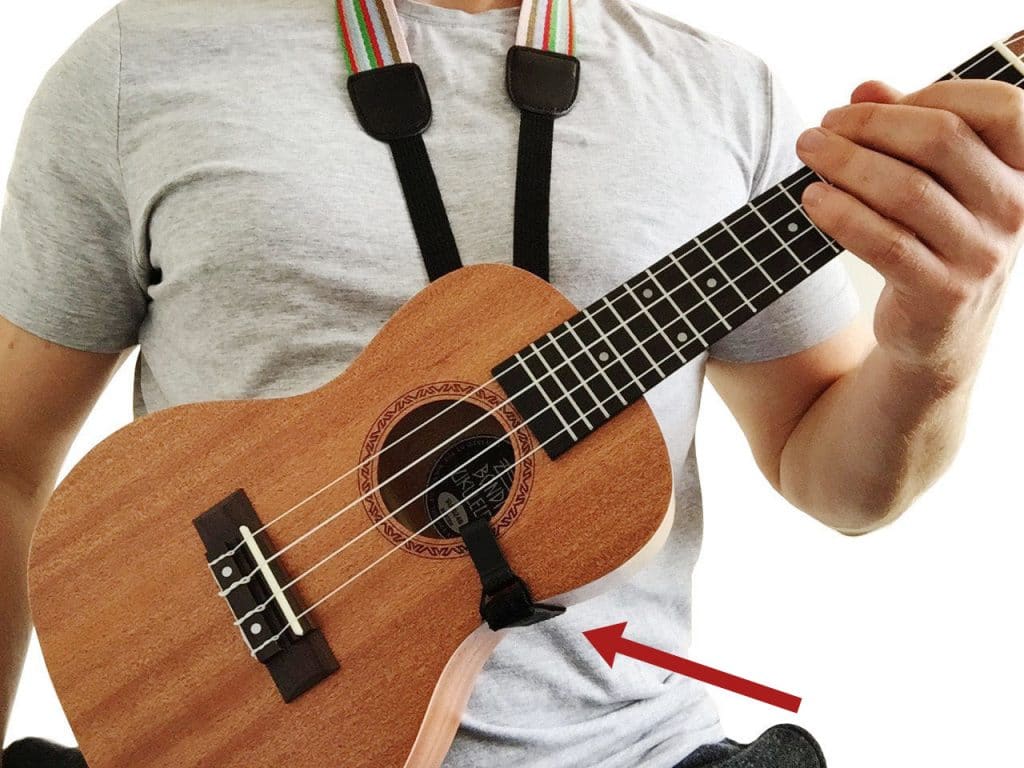|
Duckling |
Hare |
|
Tortoise |
Hen |
|
Tomcat |
Goat |
|
Piglet |
Wolf |
|
Dog, Sitting |
|
Troll |
Little Red Riding Hood by Moulin Roty |

Featuring:

Among the most celebrated of toys, Folkmanis® Puppets are consistently awarded excellent marks by such independent toy evaluators as Dr. Toy, Parents' Choice and Oppenheim Toy Portfolio, and win the country's top toy awards.
DO NOT PUT IN WASHER OR DRYER. This will destroy your puppet. Our plush puppets are surface-washable only. Do not submerge the puppet in water. For spot cleaning, use lukewarm water and sponge with Woolite® or other mild liquid detergent to wet and lather fur. Rinse surface with sponge. Be careful not to wring or twist the puppet, or you may end up with lumpy stuffing. Dry by gently squeezing between towels, or hanging from clothesline to drip-dry. After it’s dry, shake it out. For short pile plush, use a brush to fluff the fur. When brushing face, be careful to avoid scratching the eyes or pulling out the threads in ears, nose, or mouth areas.
For long pile fluffy plush, we recommend a vigorous shake-out to freshen your puppet up if it gets flattened or crushed. Do not comb or brush because you will lose the shape of the tufts.
Folkmanis® Puppets work magical wonders at storytime and can make a book come alive for listeners and readers of all ages!
To that end, we've created a list of Books to pair with our puppets. You can download this list, click here for the .pdf file.
With puppet in hand, proceed to the nearest mirror to try it on for size. By following these few tips, you’ll soon convince friends that you’re a natural puppeteer.
View more puppet demos at Folkmanis' YouTube page.
|
Iguana |
Shark |
|
Giraffe |
Horse |
|
Elephant |
Lion |
|
Tyrannosaurus Rex |
Dragon, Winged |
|
Monkey |
Bear In Tree Stump |
|
Screaming Goat |
Frog - life cycle, reversible |
|
Brown Cow |
Armadillo |
|
White Tail Deer withAntlers |
Toad |
|
Mini Butterfly, Monarch |
Mini Rabbit in Hat |
|
Mini Monkey |
Woodland Animal Set |
|
Worm in Apple |

Bumblebee
|
Troll |
Little Red Riding Hood by Moulin Roty |

Featuring:

Among the most celebrated of toys, Folkmanis® Puppets are consistently awarded excellent marks by such independent toy evaluators as Dr. Toy, Parents' Choice and Oppenheim Toy Portfolio, and win the country's top toy awards.
DO NOT PUT IN WASHER OR DRYER. This will destroy your puppet. Our plush puppets are surface-washable only. Do not submerge the puppet in water. For spot cleaning, use lukewarm water and sponge with Woolite® or other mild liquid detergent to wet and lather fur. Rinse surface with sponge. Be careful not to wring or twist the puppet, or you may end up with lumpy stuffing. Dry by gently squeezing between towels, or hanging from clothesline to drip-dry. After it’s dry, shake it out. For short pile plush, use a brush to fluff the fur. When brushing face, be careful to avoid scratching the eyes or pulling out the threads in ears, nose, or mouth areas.
For long pile fluffy plush, we recommend a vigorous shake-out to freshen your puppet up if it gets flattened or crushed. Do not comb or brush because you will lose the shape of the tufts.
Folkmanis® Puppets work magical wonders at storytime and can make a book come alive for listeners and readers of all ages!
To that end, we've created a list of Books to pair with our puppets. You can download this list, click here for the .pdf file.
With puppet in hand, proceed to the nearest mirror to try it on for size. By following these few tips, you’ll soon convince friends that you’re a natural puppeteer.
View more puppet demos at Folkmanis' YouTube page.
This Storytime-focused kit combines two LEGO® Education StoryTales sets and one LEGO® Education Animals set to encourage young learners to build, imagine, and share their own stories. Children can explore characters, settings, and plots while developing early literacy, communication, and social-emotional skills through creative play.
While rooted in storytelling, this kit also supports STEM/STEAM thinking by fostering sequencing, problem-solving, and design skills. Children naturally engage in STEM concepts as they construct scenes, explore cause and effect, and collaborate with others—all while having fun.
Ideal for family engagement, early childhood programs, or library storytime sessions.

By combining the LEGO StoryTales Set with these types of books, you can create exciting and educational experiences that enhance language and literacy skills while sparking creativity and imagination.
Ukulele Strap
These straps attach by hooking onto the bottom of the sound hole and extending under the body before looping around your neck or chest. While the strap provides support, you’ll still need to keep a hand on the ukulele to prevent it from flipping over. Even so, it can make playing more comfortable.

Types of Ukulele Picks
The classic ukulele pick is the felt pick, which comes in a variety of shapes, sizes, thicknesses, and hardness. The softer the felt, the mellower the sound. SCSL Musical Instrument Kits come with a variety of picks to choose from.
1. Felt picks
2. Leather picks
3. Rubber picks
4. Thumb picks
5. Plectrums or Flat picks
6. Homemade picks
Ukulele capo

What is a capo?
A capo, short for capotasto (Italian for "head of the fretboard"), is a small tool that clamps around the neck of your ukulele, pressing down all the strings at a specific fret. This allows you to effectively "bar" the strings without using your finger.
What can you do with a ukulele capo?
Using a capo raises the pitch of your ukulele, making it easier to play in different keys without retuning or transposing chords.
Do I need a ukulele capo?
This is entirely a personal preference. A capo is not essential, but it can be a useful tool for expanding your playing options.
Are there different types of capos?
Absolutely! The South Carolina State Library has included a spring-loaded capo with your kit. Other types of capos, not included in this kit, include C-clamp capos, elastic or toggle capos, and the NS Ukulele Capo Pro, just to name a few.
Ukulele resource links:
Ukulele magazine articles and links:
Early Childhood (Ages 0-5)
“Strum & Sing Storytime”: Pair simple songs like The Wheels on the Bus, You Are My Sunshine, or Old MacDonald with ukulele accompaniment. Let children strum open strings while singing along to encourage sound exploration.
“Musical ABCs”: Introduce letters and phonemic awareness through songs played on the ukulele. Example: “A is for Apple” with a catchy melody.
“Instrument Petting Zoo”: Create a music exploration station. Kids rotate through instruments in the kit, strumming ukuleles with adult help and experimenting with rhythm using egg shakers or bells (borrowed from percussion kit for cross-kit use).
Tweens and Teens (Ages 6-18)
Adults
“Coffee & Chords”: Host a casual ukulele meet-up where adults can bring their own instrument or use the kit to practice and play together in a stress-free setting.
“Music & Mindfulness”: Combine beginner ukulele practice with guided breathing or gentle movement exercises to explore how music can support emotional well-being.
|
Castanets |
Maracas |
|
Castanets with Handles |
Hand Bells |
|
Egg Shakers |
Wooden Fish (or also known as a wooden bell) |
|
Güiro |
Handheld sleigh bells |
|
Grooved Rhythm Stick |
Tambourines |
|
Bongo |
|
Early Childhood (Ages 0-5)
Tweens and Teens (Ages 6-18)
Adults
Loop2Learn - Loop a part of any video (either from Youtube, or your device) and watch it over and over again to learn from it.
